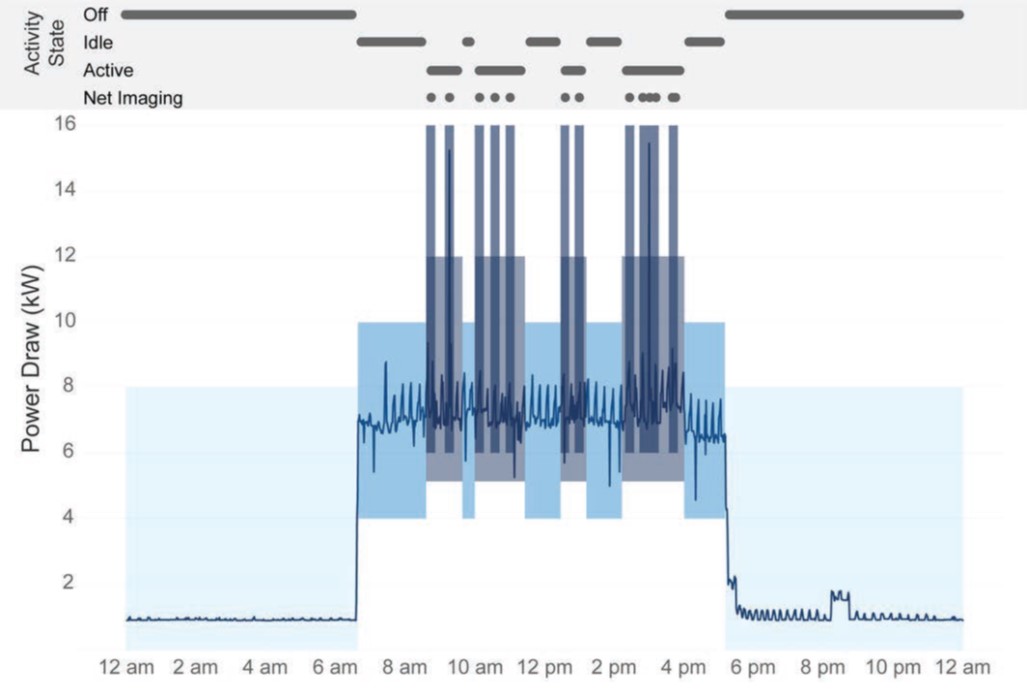Powering Down Idle Interventional Equipment Cuts Costs and Power Consumption
Images

New data published in the American Journal of Roentgenology (AJR) demonstrates that powering down idle-running interventional imaging systems outside of procedure times has substantial environmental sustainability benefits.
“Interventional imaging systems are energy intensive, with high consumption outside of image acquisition periods,” noted lead AJR investigator Jan Vosshenrich, MD, from the radiology department at Switzerland's University Hospital Basel. “Strategic operational adjustments (e.g., powering down idle systems) can substantially decrease interventional imaging systems’ carbon emissions and electricity costs.”
Vosshenrich et al. added power sensors to an interventional radiology suite, neurointerventional suite, radiology fluoroscopy unit, two cardiology laboratories, and two urology fluoroscopy units—logging measurements during a single 4-week period for each radiology and cardiology system (June 1–November 28, 2022) and during a 2-week period for each urology system (July 31–August 13, 2023). Using various sources to extract power statuses, procedural timestamps, and fluoroscopy times, system activity was then divided into off, idle (no patient in room), active (patient in room for procedure), and net-imaging (active fluoroscopic image acquisition) states. After calculating projected annual energy consumption, potential savings in carbon emissions and electricity costs were estimated using published operational values.
For the seven interventional imaging systems included in the manuscript, projected annual energy consumption ranged from 3,646 to 26,576 kilowatt-hours (i.e., consumption of 1–5 4-person households). And nonproductive energy consumption accounted for 89.2–99.4% of total consumption. Ultimately, the authors’ hypothetical operational adjustment involving powering down all idle systems would yield potential annual savings in carbon emissions of 18.6 million tons of carbon dioxide equivalent.